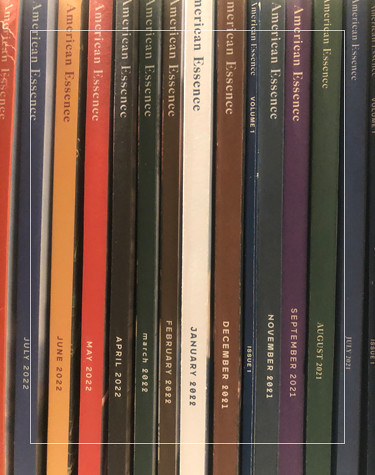
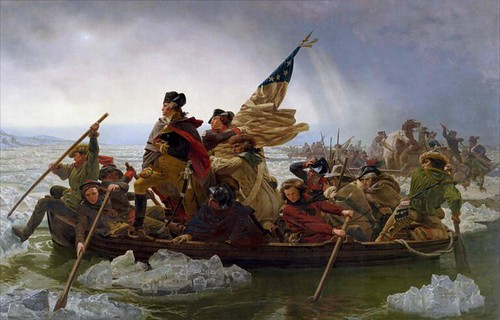
Immigrant Artist Emanuel Leutze
[click to read]
It is the night of December 25, 1776, and ice fills the Delaware River. The men of the Continental Army shiver as they cross under cover of night, on their way to engage Hessian troops at Trenton, New Jersey. Standing in the boat is a resolute George Washington, face steeled for the battle to come. Before the men boarded the boats, Washington had officers read to his soldiers the words from Thomas Paine’s “The American Crisis,” written only days before on December 23, 1776. (read more)

Madison's Montpelier
[click to read]
Knowledge will forever govern ignorance: And a people who mean to be their own Governors, must arm themselves with the power which knowledge gives,” wrote President James Madison. For six months, the “Father of the Constitution” sequestered himself in his upstairs study in the family’s Virginia home, Montpelier. There, he engaged in an intensive study of civilizations—both ancient and modern—in his quest for wisdom in shaping the Constitution of a young republic. Here, he synopsized his ideas into principles he felt essential for a representative democracy: what would be known as the “Virginia Plan,” which would become the basis for creating our Constitution. (read more)
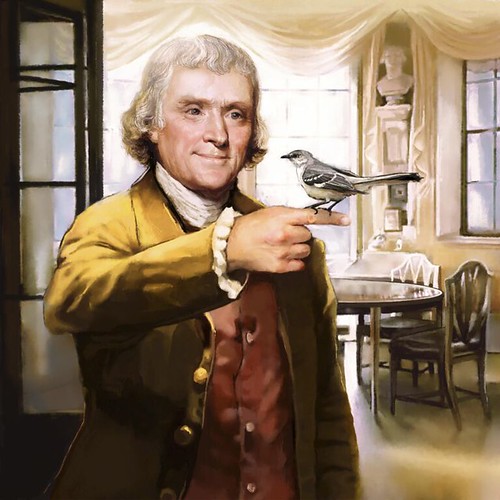
Dining with Thomas Jefferson
[click to read]
In 1962, our young, charismatic president John F. Kennedy was entertaining the year’s Nobel Prize winners at the White House. He said of the group, “I think this is the most extraordinary collection of talent, of human knowledge, that has ever been gathered together at the White House, with the possible exception of when Thomas Jefferson dined alone.” It is a great statement, to be sure. (read more)
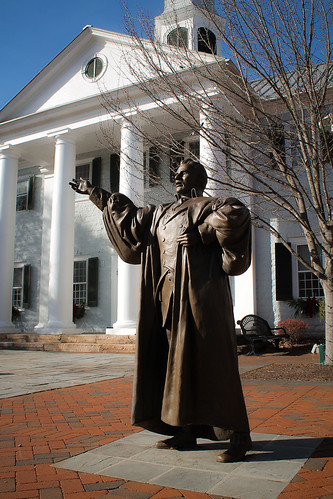
John Peter Gabriel Muhlenberg
[click to read]
On January 21, 1776, Lutheran Pastor John Peter Muhlenberg of Woodstock, Virginia preached from the third chapter of Ecclesiastes, “To everything there is a season … a time of war, and a time of peace.” Opening his clerical robe to reveal the uniform of a Continental Army Colonel, Pastor Muhlenberg then added, “and this is the time of war.” From his congregation, 162 men kissed their wives and walked down the aisle, enlisting on the spot. (read more)

The Germans Who Shaped Virginia
[click to read]
When the first settlers of Virginia arrived in 1607, a bountiful land extending west through rolling hills, forested mountains, and fertile river valleys lay before them. It might have seemed like Eden until the colonists faced the droughts of summer and the long deprivation of winter. Though the first colonists barely survived, the land proved ideal for growing tobacco. Virginia established itself as a colony with borders drawn on paper all the way to the Mississippi River. Great plantations hugged the wide mouths of its bays and rivers, where its cash crops could be easily exported. Its piedmont, mountains, and great valley remained unsettled. (read more)

Frédéric Auguste Bartholdi ‘Enlightens the World’
[click to read]
My only ambition has been to engrave my name at the feet of great men and in the service of grand ideas,” wrote Frédéric Auguste Bartholdi. (read more)
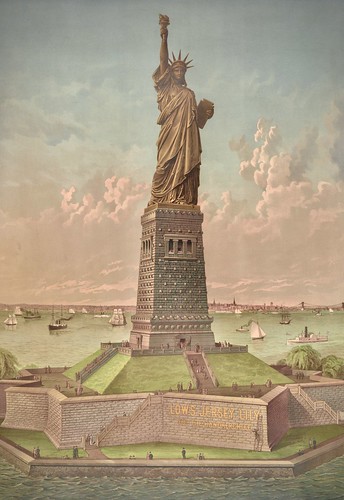

The Roeblings' Brooklyn Bridge
[click to read]
After many long years of planning and building, along with numerous setbacks, the Brooklyn Bridge opened to traffic on May 24, 1883. The first vehicle to cross the bridge was Emily Roebling’s horse-drawn carriage. Emily carried with her a rooster in a cage symbolic of the victory realized that day. The victory was wrought from the darkness of the bridge’s deep underwater foundations, now realized in the vast structure that towered in the light traversing the river. As Emily gazed up at the bridge’s great gothic arches, which resembled the windows of a mighty cathedral, she reflected on her 11-year struggle, carrying a torch passed to her from her father-in-law, John Roebling, and her husband, Washington Roebling. Before the Brooklyn Bridge could come to symbolize a mighty American city, it had to begin with the vision of one man. (read more)

Bierstadt’s Brushstrokes
[click to read]
Bring me men to match my mountains, Bring me men to match my plains, Men with empires in their purpose, And new eras in their brains,” penned the American poet Sam Walter Foss in his poem, “The Coming American.” (read more)
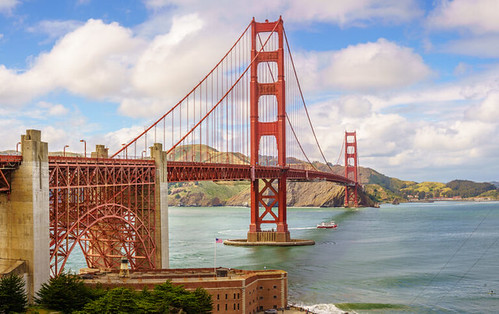
Building the Golden Gate Bridge
[read more]
Today, the Golden Gate Bridge has come to symbolize San Francisco, and it is the universally recognizable icon of that great port city. Although conceived as a way to move people from place to place, it has become a destination in its own right. Spanning the Golden Gate Strait, a place of stunning natural beauty, the bridge is itself an architectural masterwork. Her tall tapered towers and graceful cables evoke a sense of awe as they appear out of a fog-shrouded channel. The distinctive terra cotta color contrasts beautifully with the rugged cliffs on both shores of the strait. The original design first proposed for the famous bridge, however, was nothing like what we see today. (read more)
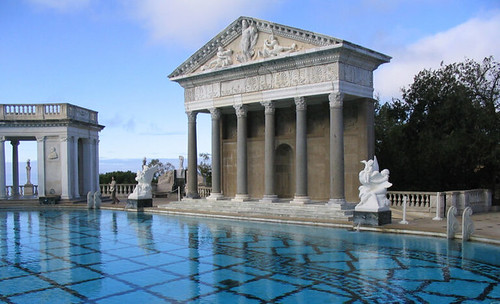
Architect Julia Morgan’s Valuable Contributions
[click to read]
Sometime early in the 20th century a diminutive woman, smartly dressed in a modest dark suit, stepped onto a construction site. She was soft-spoken, but when she spoke, “grown men tremble[d].” She was a master builder, an architect in the same class as Richard Morris Hunt and Stanford White. Indeed, she was the contemporary of these legendary designers—and her work stands firmly alongside theirs. (read more)
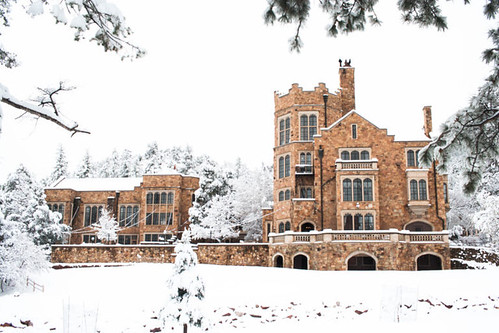
Tudor Castle with Cutting-Edge-Technologies
[click to read]
Glen Eyrie Castle is a magnificent English Tudor Revival house with a view of Colorado’s Garden of the Gods. Designed by Frederick J. Sterner and Thomas MacLaren, it is actually the second house built on the site. Both were constructed for William Jackson Palmer, the founder of Colorado Springs. (read more)

The Breakers
[click to read]
In the autumn of 1885, Cornelius Vanderbilt II paid a little over $400,000 for a summer cottage in Newport, Rhode Island. The Queen Anne style house, built in 1878, was considered the “crown jewel” of Newport. (read more)
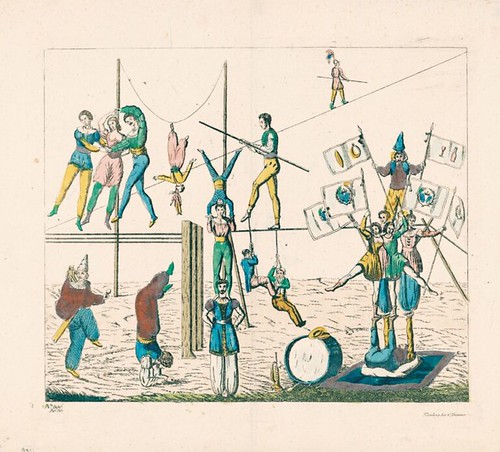
Mom and the Circus Acrobats
[click to read]
It is recorded that in 1793, George Washington went to the circus in Philadelphia, perhaps one of the first circuses in America. It was, by all accounts, mainly an equestrian show. It did have jugglers, clowns, and even a rope walker. Around 1825, American circuses began to use tents. (read more)

A Pair of Eagles: The Lindberghs
[click to read]
During two days in May of 1927, Charles Augustus Lindbergh stepped from obscurity into history. His 3,600-mile transatlantic flight from New York to Paris is legendary. Flying solo for 33.5 hours, he became known as the “Lone Eagle.” Seven months after that fateful flight, the young aviator met someone who would become his partner as he explored new air routes, flying with him for uncharted miles. She was Anne Morrow, daughter of Dwight Whitney Morrow, the U.S. Ambassador to Mexico. (read more)
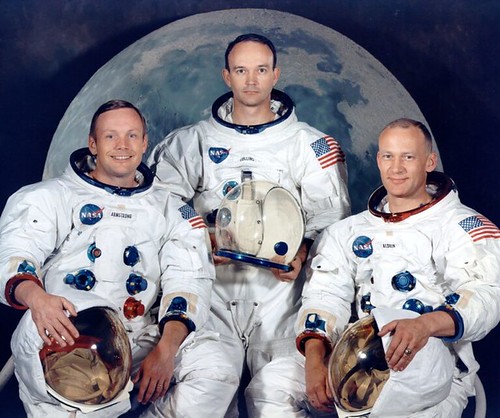
Grumman's Lunar Lander
[click to read]
In the fall of 1962, a little airplane manufacturer on Long Island, Grumman Aircraft Engineering Corporation, beat out seven competitors for the lunar module contract. How did this happen? (Read more)

(click for more stories)
